
The History of Forging: A Journey Through Time
Forging is one of the oldest metalworking techniques known to humankind. This process, which involves shaping metal using compressive forces such as hammering or pressing, has played a critical role in the development of civilizations. From the Bronze Age to modern industrial manufacturing, forging has continuously evolved, contributing to advancements in weaponry, tools, and infrastructure.
Early Beginnings: The Dawn of Forging
The origins of forging date back to the ancient world, with early blacksmiths using stone hammers to shape metals like copper and gold. The discovery of bronze (an alloy of copper and tin) around 3300 BCE marked a significant technological leap, allowing for the creation of more durable weapons, tools, and armor. The Bronze Age saw the establishment of early smithing techniques, laying the groundwork for more advanced forging methods.
The Iron Age: The Rise of Blacksmithing
Around 1200 BCE, the Iron Age began, leading to a revolution in forging. Iron, being more abundant and stronger than bronze, became the primary material for tools and weaponry. Blacksmiths heated iron in primitive forges and hammered it into functional shapes, giving rise to early craftsmanship that would define metalworking for centuries. Techniques such as quenching (rapid cooling) and tempering (controlled heating) were developed, allowing for enhanced durability and resilience.
Medieval Advancements: The Golden Age of Forging
During the medieval period (5th–15th century), forging became an essential craft, particularly in Europe and Asia. Blacksmiths refined their techniques, producing swords, armor, horseshoes, and agricultural tools with greater precision. The introduction of the water-powered hammer, or trip hammer, in the Middle Ages allowed for more efficient large-scale metal shaping. This period also saw the rise of guilds, where skilled blacksmiths trained apprentices and passed down trade secrets.
Industrial Revolution: Mass Production and New Methods
The 18th and 19th centuries marked a turning point in the history of forging with the advent of the Industrial Revolution. The introduction of steam-powered hammers and mechanical presses revolutionized metalworking, making production faster and more efficient. Steel, a stronger and more versatile material, became widely available thanks to the Bessemer process (1856), further enhancing forging capabilities. This era saw the mass production of tools, machinery, and railway components, fueling economic growth and technological progress.
Modern Forging: Precision and Innovation
Today, forging has evolved into a highly specialized industry utilizing advanced technology. Computer-controlled hydraulic presses, automated hammering systems, and 3D modeling have revolutionized the craft, allowing for greater precision and efficiency. Modern forging techniques are used in aerospace, automotive, military, and industrial applications, ensuring high-strength and durable components.
Despite technological advancements, traditional blacksmithing and hand-forging remain valued art forms. Artisans and craftsmen continue to preserve age-old techniques, creating custom blades, tools, and decorative ironwork with the same dedication as their ancestors.
Conclusion: Forging the Future
From ancient copper tools to modern aerospace components, forging has shaped the course of human history. It remains an integral part of manufacturing and craftsmanship, proving that even in an age of automation, the fundamental principles of hammer, heat, and anvil still hold strong. As forging techniques continue to evolve, the blend of tradition and innovation ensures that this ancient art will remain relevant for generations to come.

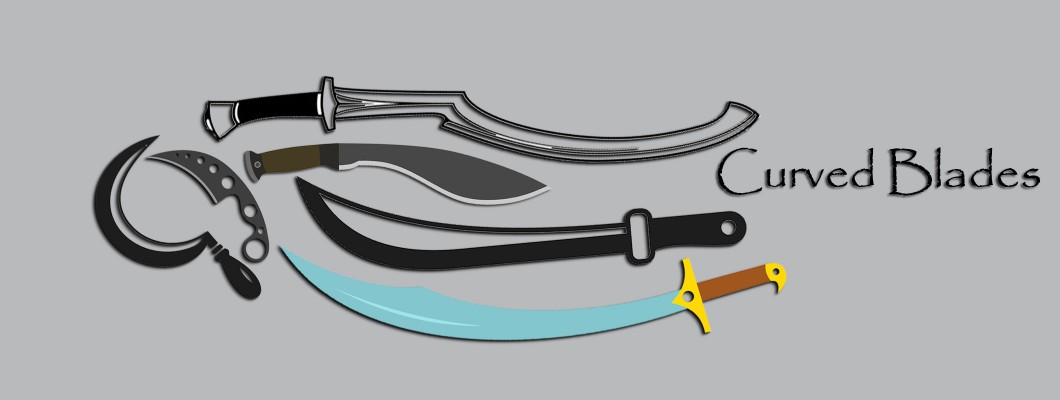
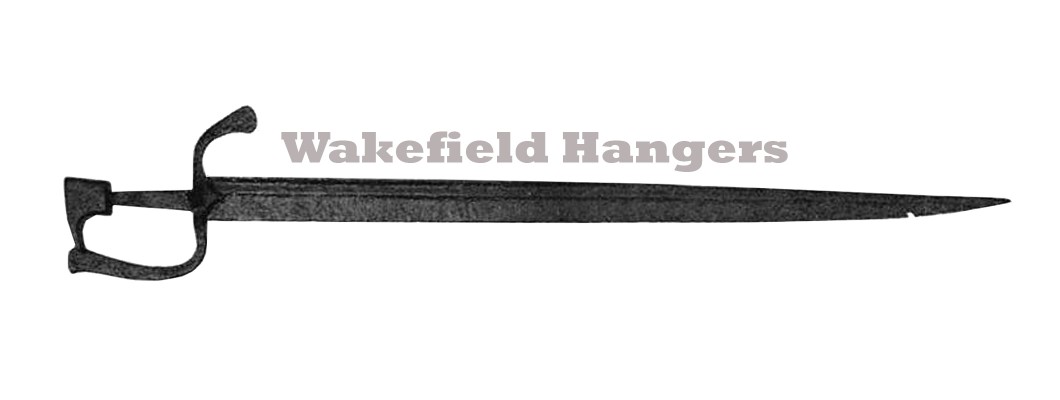

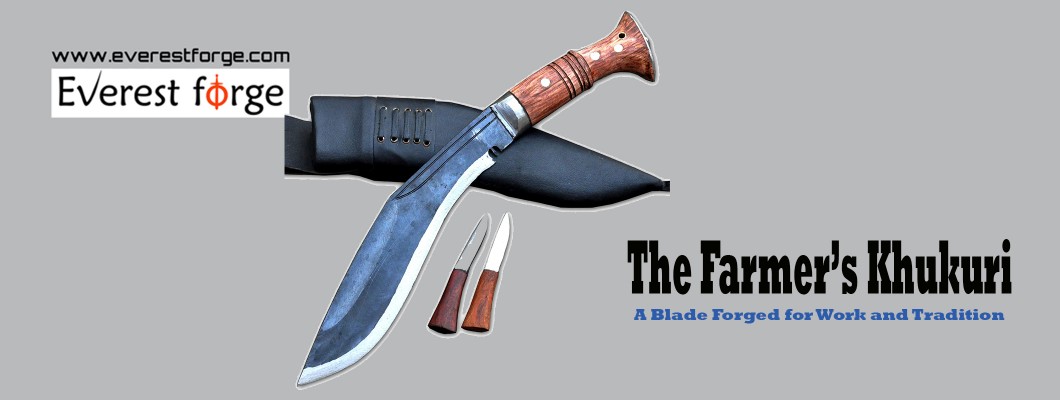

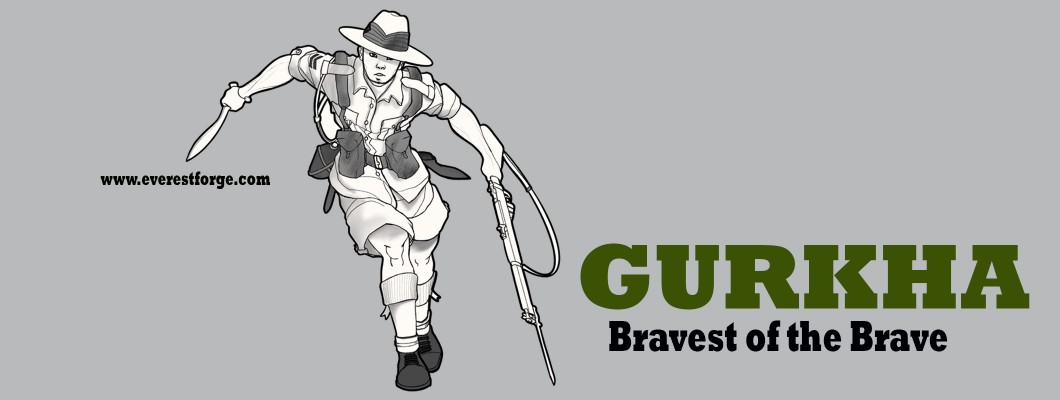
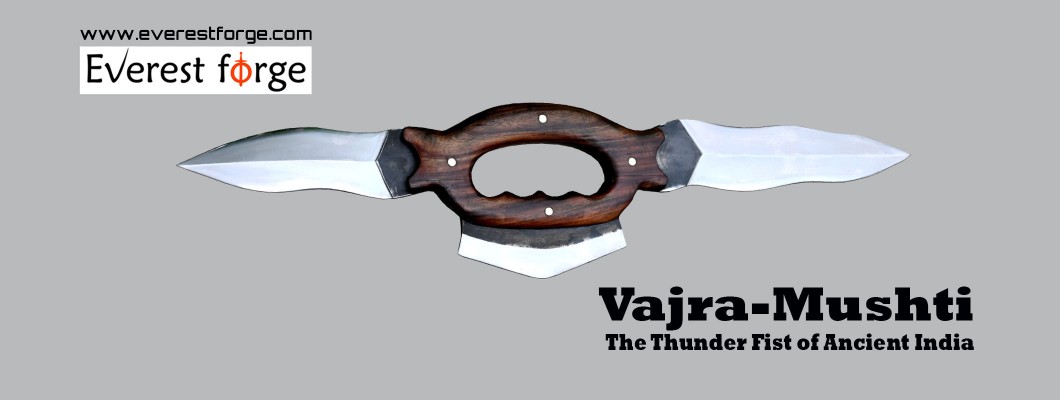
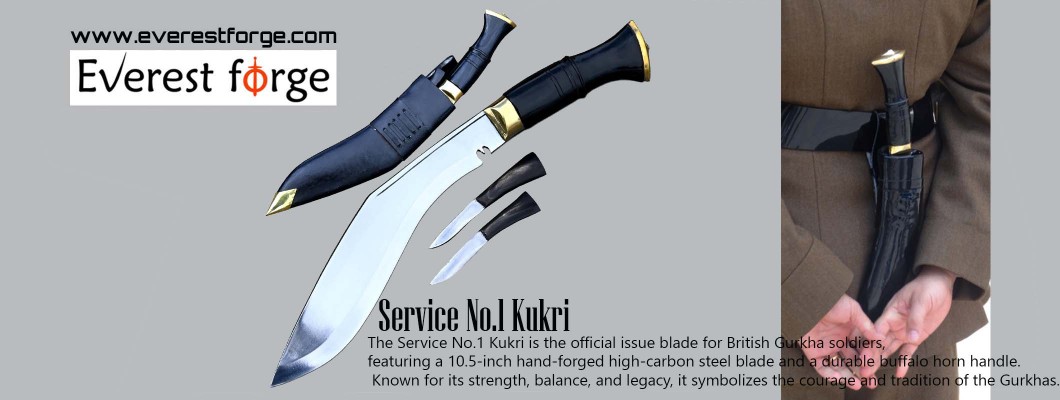
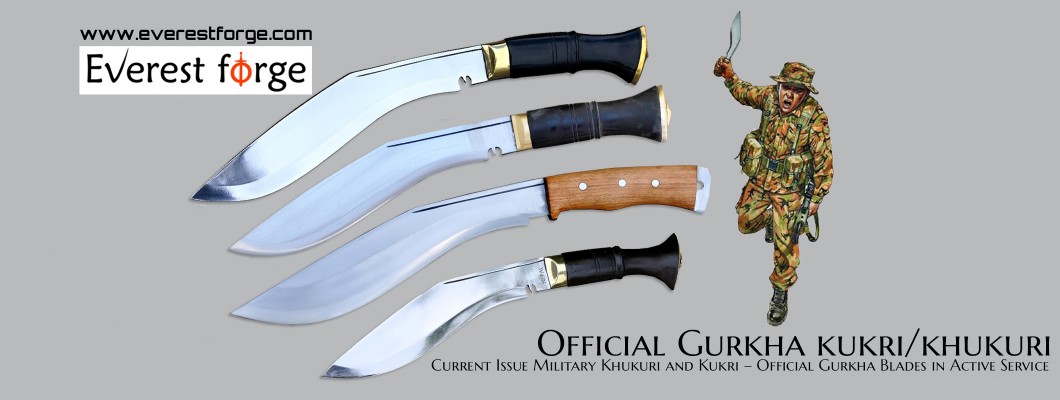
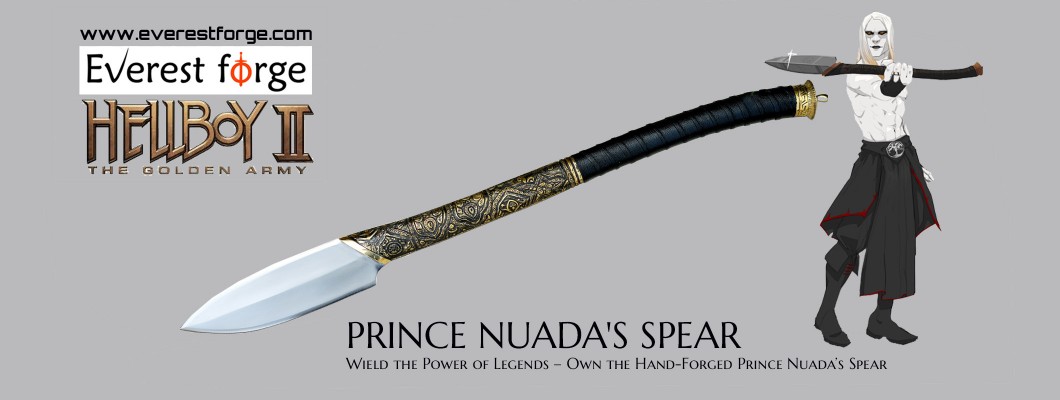

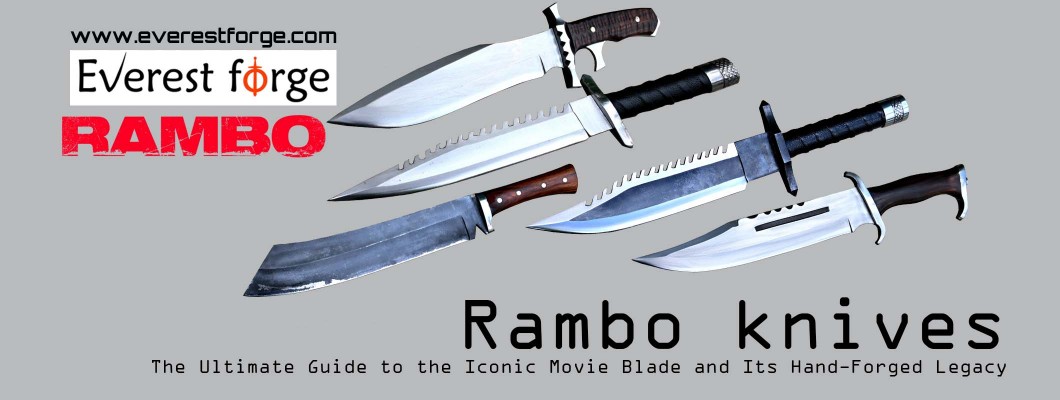





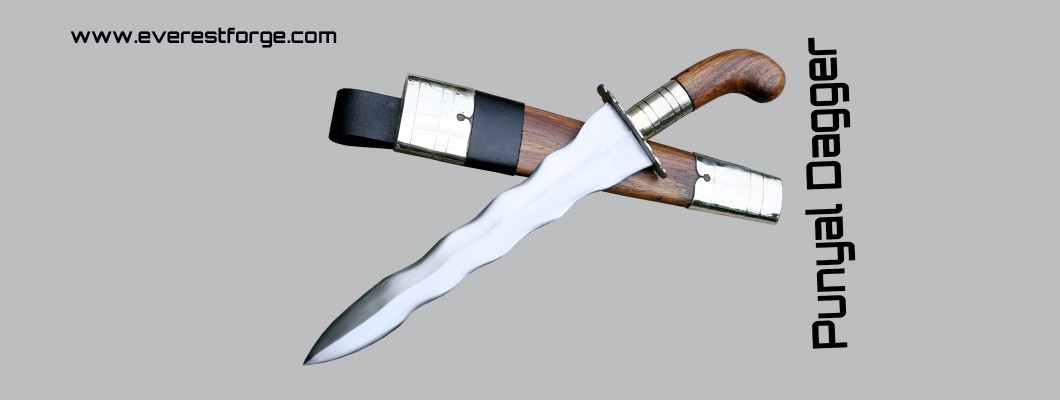
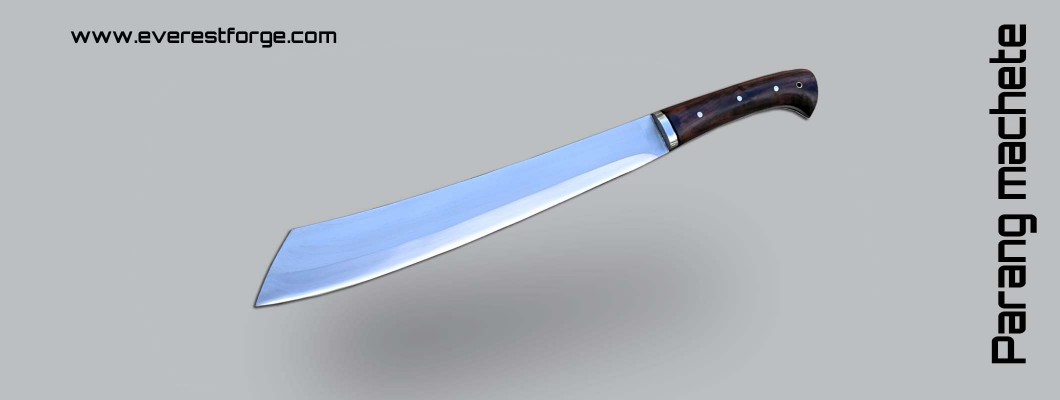
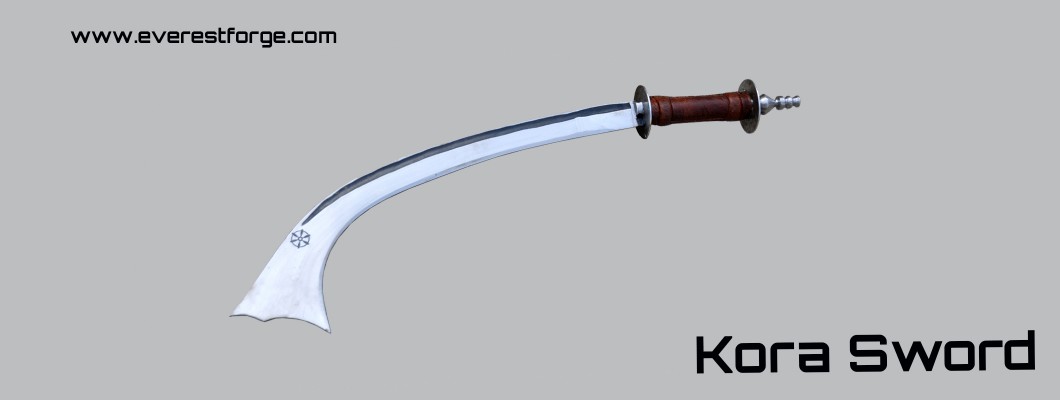
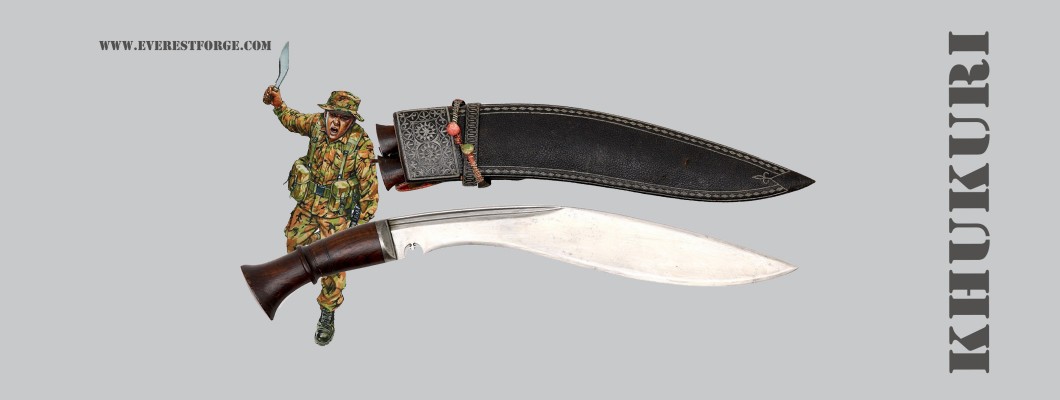
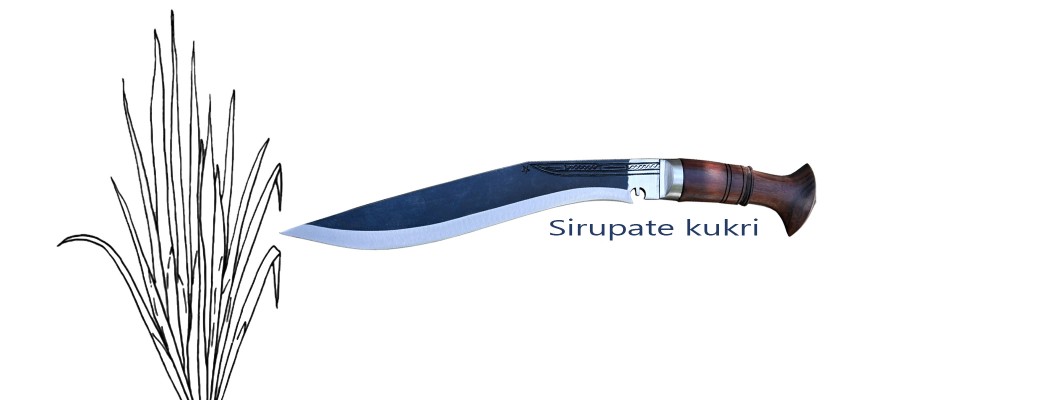
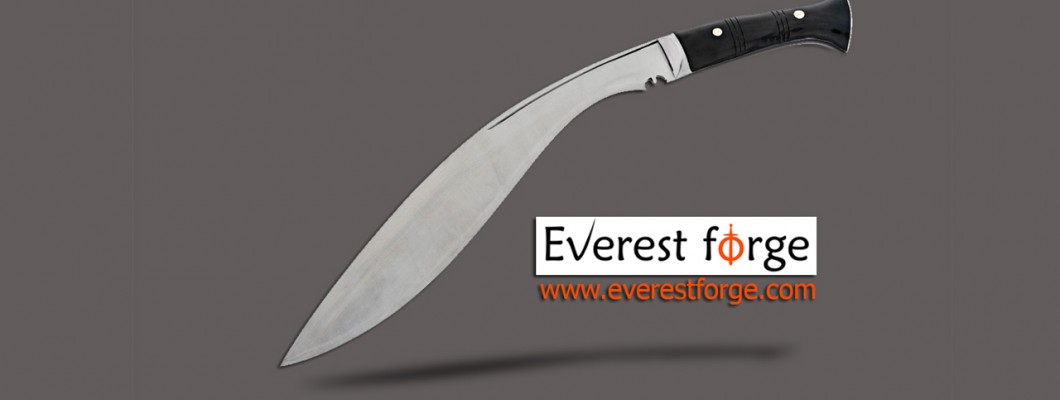
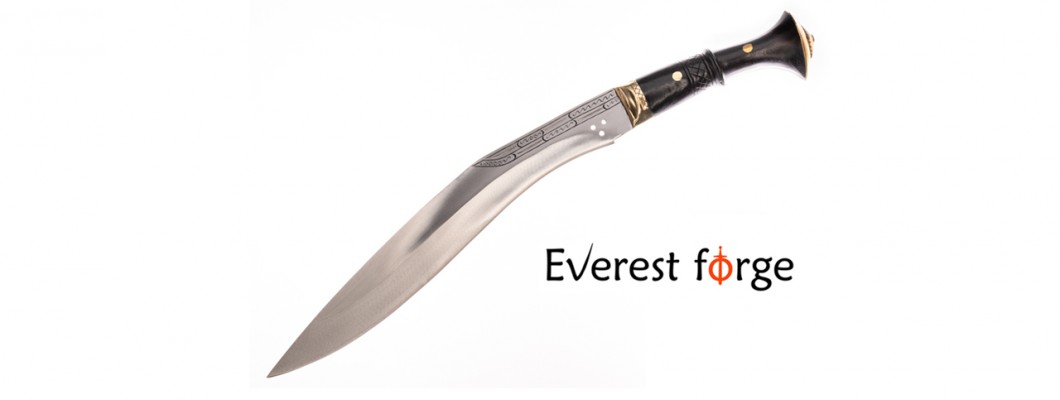
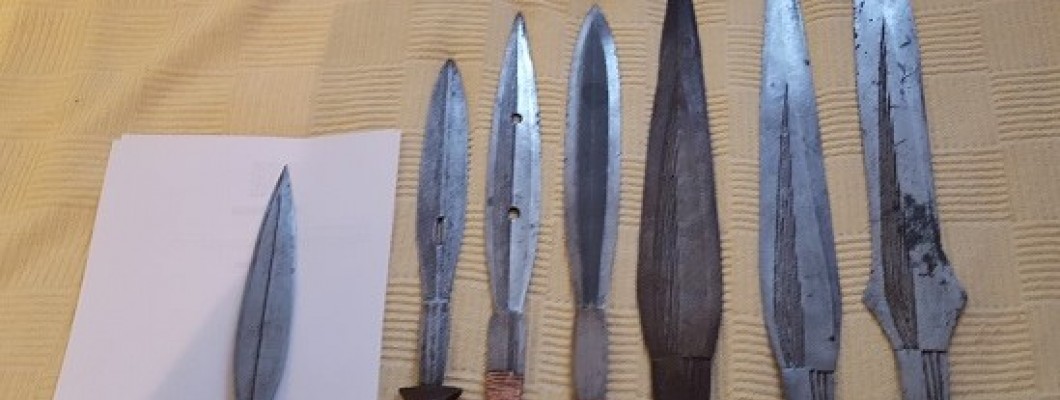

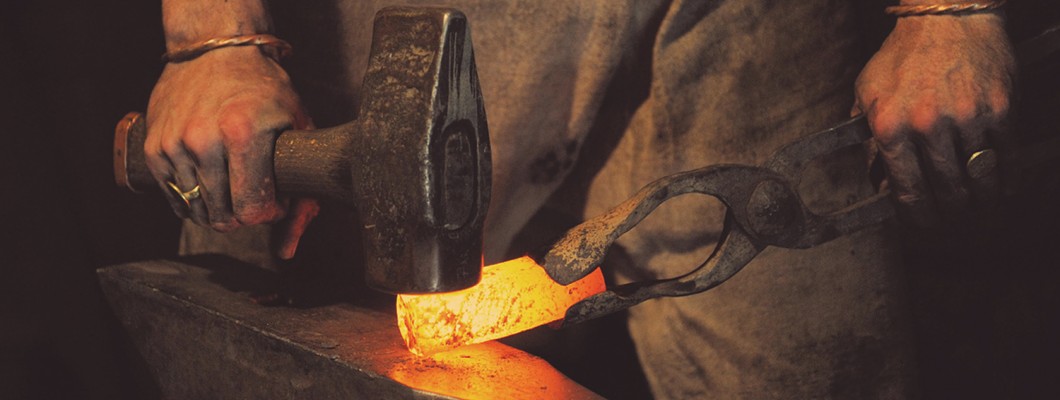
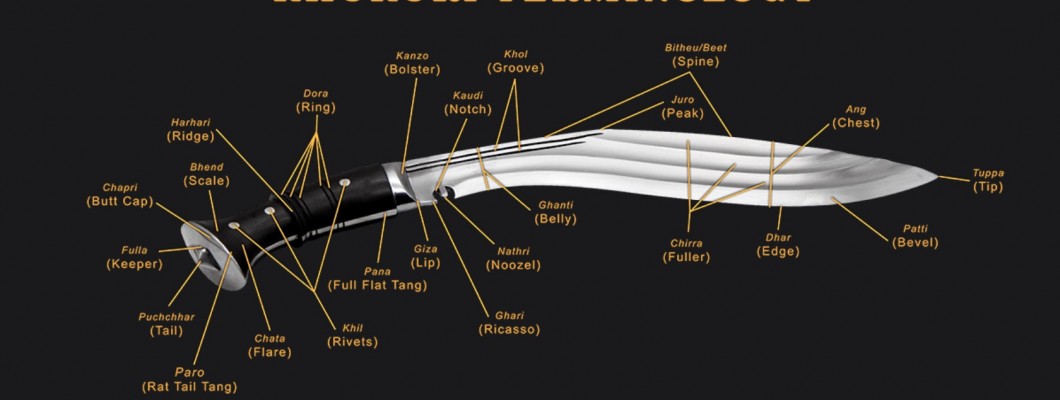
Leave a Comment